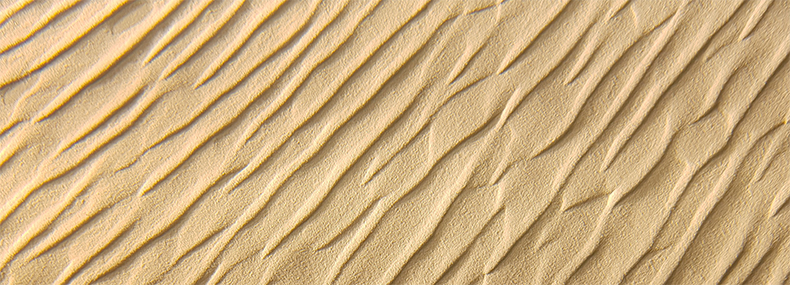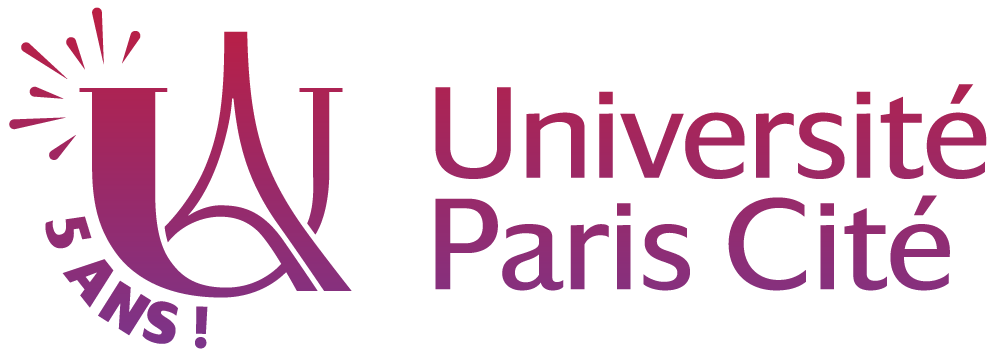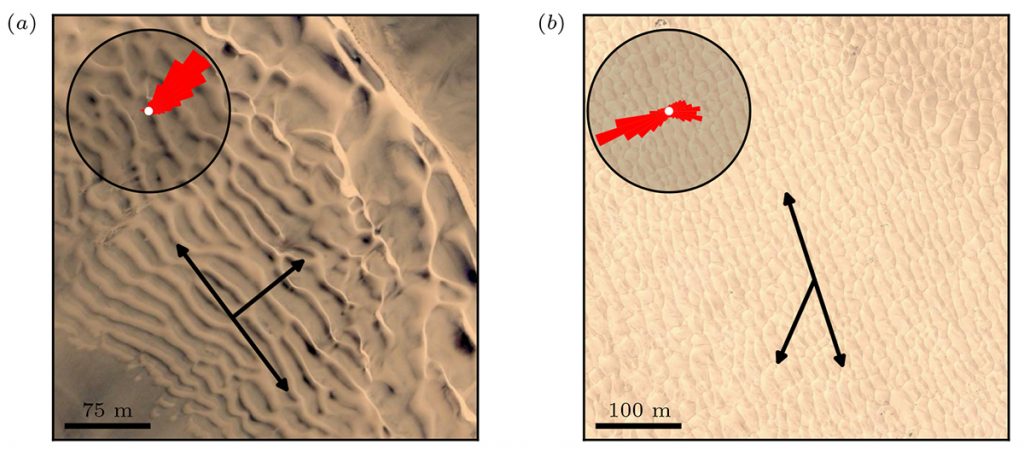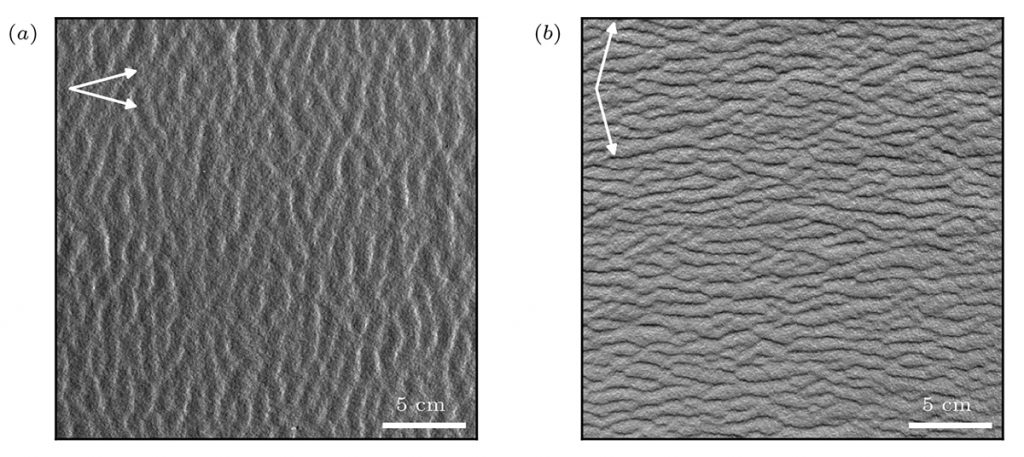The birth of dunes under a bi-directional wind regime
Most terrestrial sandy seas form at subtropical latitudes, where wind direction exhibits seasonal variations. In this work, we extend the two-dimensional linear stability analysis of a sand flat bed, associated with a unidirectional wind, to the three-dimensional case in order to take into account the variability of winds, in terms of strength and direction. It has been observed (experimentally, numerically and in the field) that the orientation of the dunes depends on the wind regime.

Publication date: 12/02/2019
Press, Research
Related teams :
Geological Fluid Dynamics
Related themes : Earth System Science










